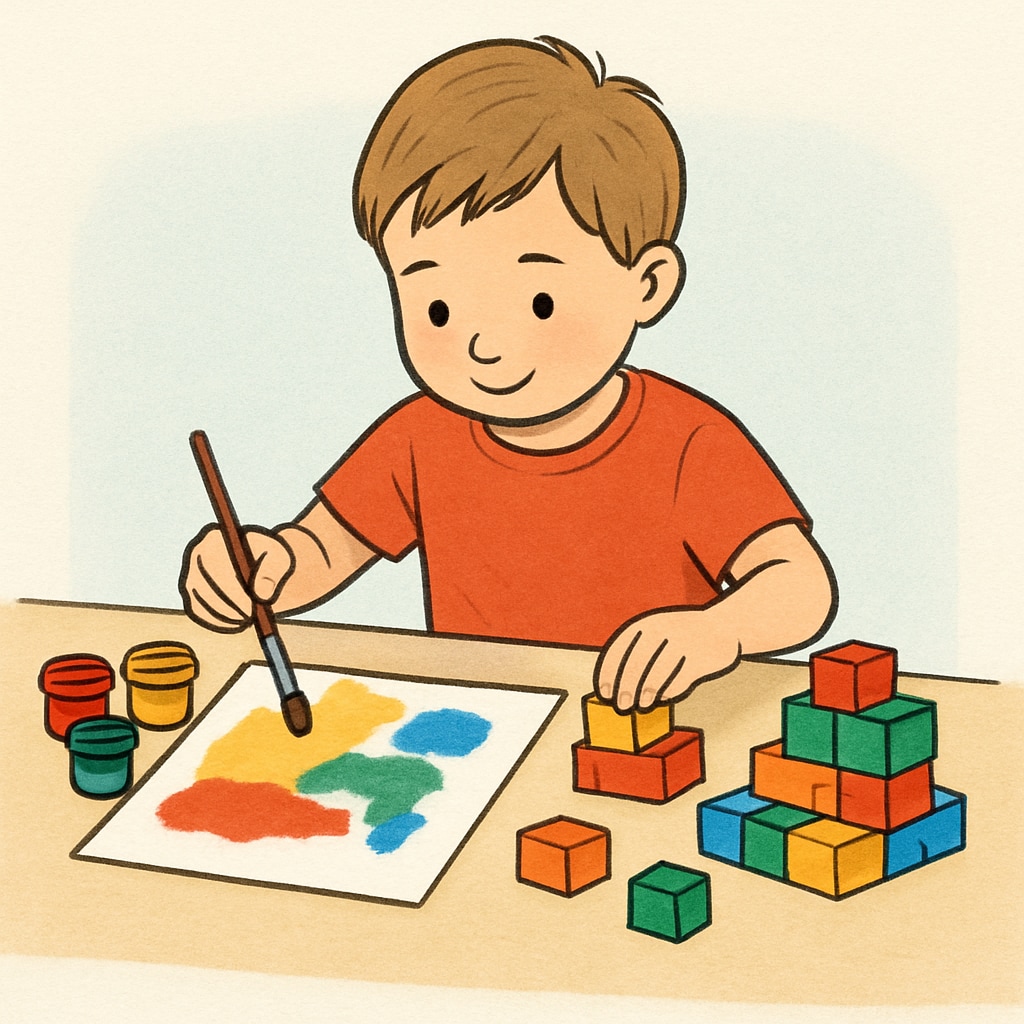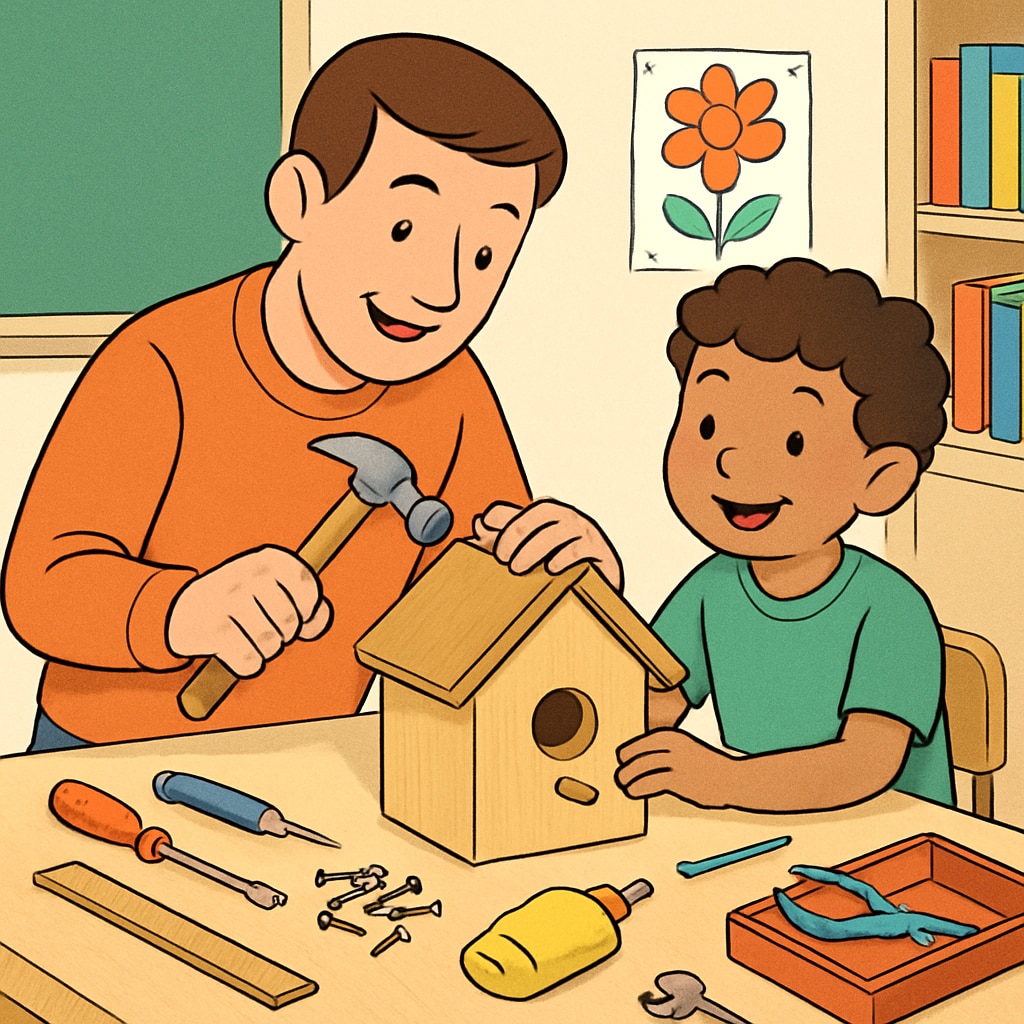For many parents, finding the right educational path for their child is a top priority, especially when traditional methods fail to engage their little ones. When it comes to a creative and imaginative four-year-old, the challenge is even greater. The balance between nurturing their creativity and providing a solid educational foundation is delicate but achievable. By exploring personalized education methods, we can ensure these young minds thrive in environments tailored to their unique needs.
Why Traditional Education May Not Suit Highly Creative Children
Traditional education often emphasizes structure and uniformity, which can stifle the natural creativity of a highly imaginative four-year-old. These children may struggle with rigid schedules, repetitive tasks, or an overemphasis on rote memorization. Instead of thriving, they may feel constrained, leading to disinterest or frustration.
Creative children need open-ended activities that allow them to explore, experiment, and express themselves. For example, rather than merely coloring within the lines, they might prefer creating their own designs or inventing new ways to use art materials. Recognizing this difference is the first step to fostering their potential.

Tailoring Education for Creative Four-Year-Olds
Parents and educators can consider alternative education methods that align with a creative child’s learning style. Below are some effective approaches:
- Montessori Education: Montessori programs emphasize hands-on learning and allow children to choose activities that interest them, fostering both independence and creativity.
- Reggio Emilia Approach: This child-centered approach encourages exploration and self-expression through project-based learning and collaboration.
- Homeschooling: With homeschooling, parents can create a personalized curriculum that integrates creative subjects like art, music, and storytelling into daily lessons.
- Nature-Based Learning: Outdoor programs provide opportunities for imaginative play and problem-solving in natural environments, which can be particularly inspiring for creative children.
These methods focus on flexibility, curiosity, and the freedom to explore, providing a more fulfilling and enjoyable learning experience.
Encouraging Creativity at Home
While selecting the right educational path is important, fostering creativity at home is equally critical. Parents can create an inspiring environment by:
- Setting up a dedicated creative space with art supplies, musical instruments, or building materials.
- Encouraging open-ended play with toys that spark imagination, such as blocks, costumes, or storytelling kits.
- Incorporating creative activities into daily routines, such as baking, gardening, or DIY projects.
- Reading stories together and asking open-ended questions to stimulate their imagination.
By combining these practices with a suitable educational approach, parents can help their creative four-year-old build confidence and stay engaged in learning.

Long-Term Benefits of Supporting Creativity
Encouraging creativity in early childhood goes beyond academic success; it develops life skills that are essential for the future. Creative children often grow into strong problem-solvers, innovative thinkers, and adaptable individuals. Studies have shown that creativity is linked to higher emotional intelligence and improved social skills, both of which are critical for personal and professional success in adulthood.
For example, Britannica explains that creativity is not just about artistic talent but also involves the ability to think differently and approach challenges with fresh perspectives. By fostering these abilities early, parents and educators are setting the stage for lifelong learning and achievement.
In addition, organizations like the Montessori Foundation provide resources and insights for parents interested in alternative education methods that prioritize creativity and individuality.
Conclusion: Finding the Right Path for Your Child
Every child is unique, and a one-size-fits-all approach to education rarely works for those with exceptional creativity. By understanding your child’s needs and exploring education options like Montessori, Reggio Emilia, or homeschooling, you can create an environment where their imagination and curiosity flourish. Supporting creativity at home is equally vital, ensuring that learning remains a joyful and inspiring journey.
Remember, the ultimate goal is to help your four-year-old discover their passions, build confidence, and unlock their full potential. With the right approach, you can empower them to shine in their own unique way.


